Artificial Vision and Language Processing for Robotics. Create end-to-end systems that can power robots with artificial vision and deep learning techniques
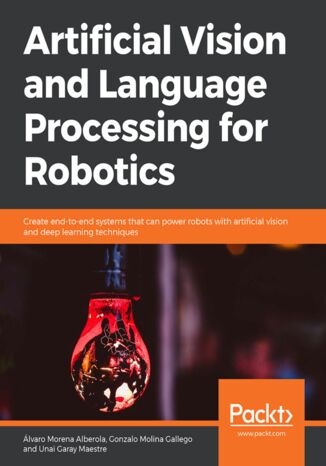



- Wydawnictwo:
- Packt Publishing
- Ocena:
- Stron:
- 356
- Dostępne formaty:
-
PDFePubMobi
Opis
książki
:
Artificial Vision and Language Processing for Robotics. Create end-to-end systems that can power robots with artificial vision and deep learning techniques
By the end of this book, you'll have the skills you need to build a functional application that can integrate with a ROS to extract useful information about your environment.
Wybrane bestsellery
Packt Publishing - inne książki
Dzięki opcji "Druk na żądanie" do sprzedaży wracają tytuły Grupy Helion, które cieszyły sie dużym zainteresowaniem, a których nakład został wyprzedany.
Dla naszych Czytelników wydrukowaliśmy dodatkową pulę egzemplarzy w technice druku cyfrowego.
Co powinieneś wiedzieć o usłudze "Druk na żądanie":
- usługa obejmuje tylko widoczną poniżej listę tytułów, którą na bieżąco aktualizujemy;
- cena książki może być wyższa od początkowej ceny detalicznej, co jest spowodowane kosztami druku cyfrowego (wyższymi niż koszty tradycyjnego druku offsetowego). Obowiązująca cena jest zawsze podawana na stronie WWW książki;
- zawartość książki wraz z dodatkami (płyta CD, DVD) odpowiada jej pierwotnemu wydaniu i jest w pełni komplementarna;
- usługa nie obejmuje książek w kolorze.
Masz pytanie o konkretny tytuł? Napisz do nas:
Książka drukowana



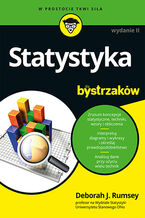
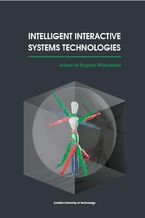

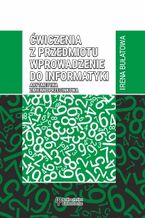
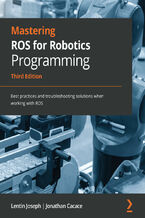
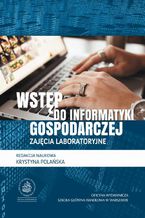
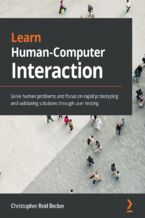
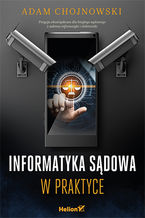
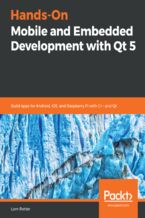
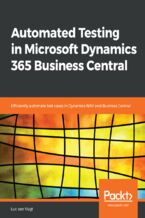
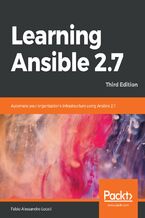










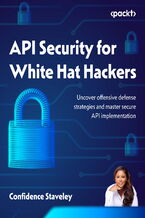
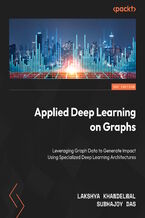
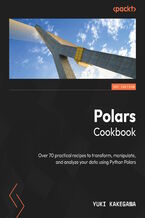
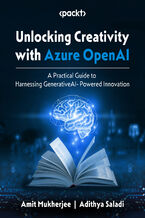
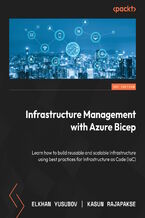
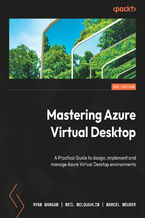
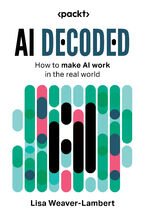
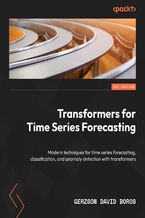
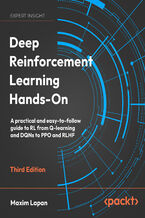



Oceny i opinie klientów: Artificial Vision and Language Processing for Robotics. Create end-to-end systems that can power robots with artificial vision and deep learning techniques Álvaro Morena Alberola, Gonzalo Molina Gallego, Unai Garay Maestre (0) Weryfikacja opinii następuję na podstawie historii zamówień na koncie Użytkownika umieszczającego opinię. Użytkownik mógł otrzymać punkty za opublikowanie opinii uprawniające do uzyskania rabatu w ramach Programu Punktowego.
Weryfikacja opinii następuję na podstawie historii zamówień na koncie Użytkownika umieszczającego opinię. Użytkownik mógł otrzymać punkty za opublikowanie opinii uprawniające do uzyskania rabatu w ramach Programu Punktowego.